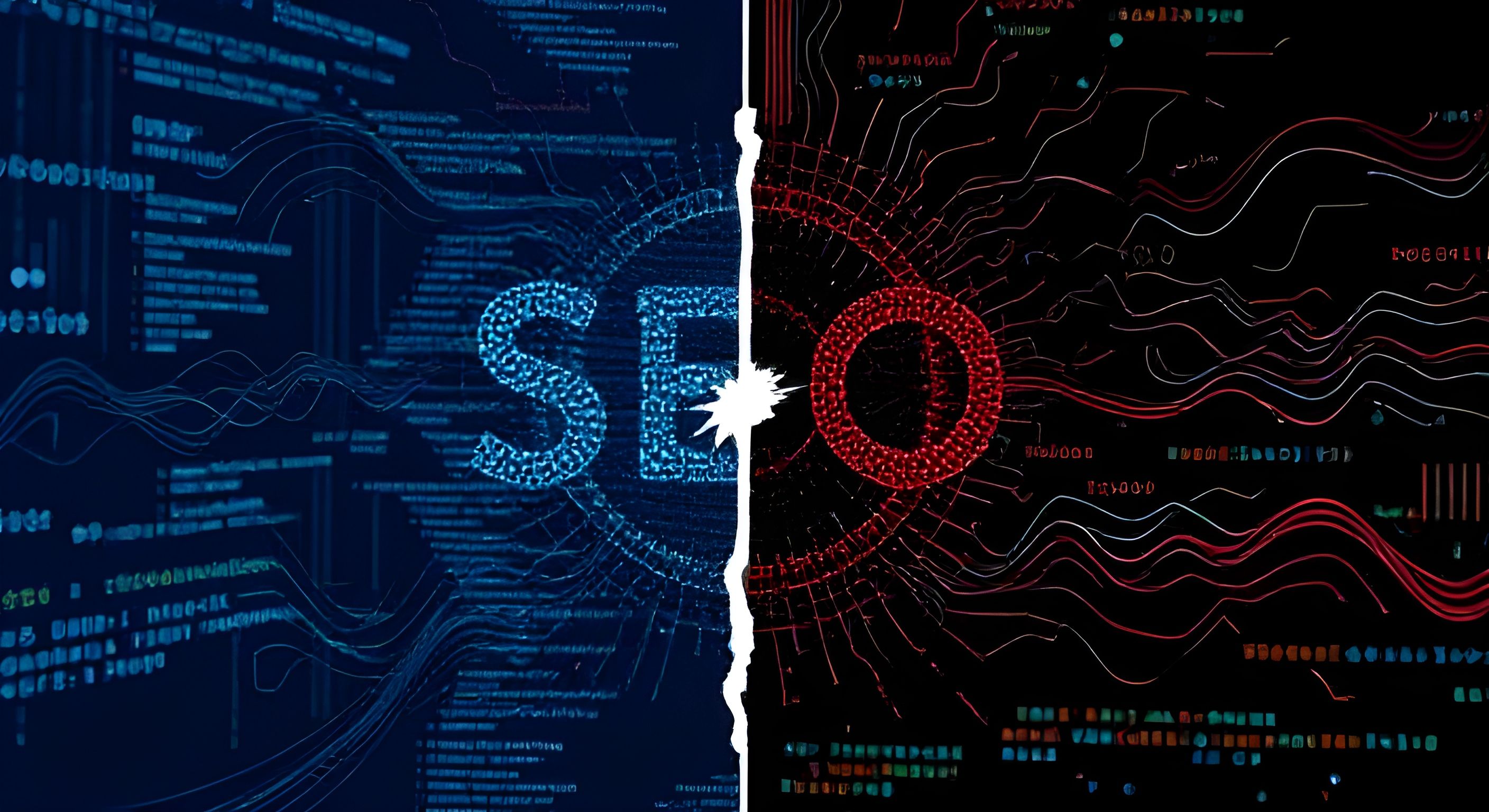In the digital era, the debate between static and dynamic web design has become a cornerstone of web development discussions. Both approaches offer unique advantages and challenges, particularly when it comes to search engine optimization (SEO). This blog aims to reveal the secrets of how static and dynamic websites perform in the SEO realm, helping you make the best choice for your project.
Understanding Static Websites
Static websites are built with fixed HTML, CSS, and JavaScript files. They deliver the same content to every visitor without requiring backend server processes.
Key Features of Static Websites:
- Fixed Content: Pages remain the same unless manually updated by a developer.
- High Speed: Loading times are typically faster as no server-side processing is needed.
- Simple Hosting: Can be hosted on affordable platforms or CDNs.
Pros for SEO:
- Lightning-Fast Load Times: Speed is a crucial ranking factor, and static websites excel in this area.
- Enhanced Security: The absence of dynamic content reduces vulnerabilities, ensuring safer browsing.
- Cost-Effective Maintenance: With fewer moving parts, hosting and managing static sites is simpler and cheaper.
Cons for SEO:
- Limited Scalability: Adding or updating content can be cumbersome.
- No Personalization: Unable to cater to individual user preferences or behavior.
- Basic Interactivity: Advanced features like user accounts or search functionality are challenging to implement.
Understanding Dynamic Websites
Dynamic websites generate content on the fly using server-side languages like PHP, Ruby, Python, or Node.js. These sites often rely on databases to provide personalized content.
Key Features of Dynamic Websites:
- Real-Time Content Updates: Automatically updates based on user interactions or data inputs.
- Enhanced Interactivity: Offers features like user accounts, dashboards, and live data feeds.
- CMS Integration: Simplifies content updates through platforms like WordPress, Drupal, or Joomla.
Pros for SEO:
- Dynamic Content Delivery: Tailors content based on user preferences, boosting engagement.
- Ease of Content Updates: CMS platforms enable frequent updates, a critical SEO factor.
- Scalability: Supports large-scale applications such as e-commerce stores or social networks.
Cons for SEO:
- Slower Load Times: Server-side processing can increase load times, potentially harming rankings.
- Higher Security Risks: Database dependencies introduce vulnerabilities like SQL injection.
- Increased Costs: Hosting and development expenses are typically higher.
Static vs. Dynamic Websites: A Detailed Comparison
| Feature | Static Websites | Dynamic Websites |
|---|---|---|
| Content Updates | Manual | Automated |
| Load Speed | Faster | Slower |
| Hosting | Affordable and simple | Costly and complex |
| Interactivity | Minimal | High |
| Personalization | None | Advanced |
| Security | Highly secure | Potential vulnerabilities |
| Scalability | Limited | Unlimited |
Advanced SEO Insights
Mobile Optimization
Both static and dynamic sites can achieve mobile-friendly designs, but dynamic sites often leverage responsive templates from CMS platforms. Static sites require manual adjustments to ensure seamless mobile experiences.
URL Structure and SEO
Static websites typically have clean, readable URLs, which are advantageous for SEO. Dynamic websites can also achieve clean URLs with proper configuration.
Performance Boosting Tips
- Static Websites: Leverage CDNs and compress assets to further enhance load speed.
- Dynamic Websites: Implement caching strategies and optimize database queries to minimize delays.
Real-World Applications
Use Cases for Static Websites:
- Personal portfolios or blogs.
- Company landing pages.
- Informational microsites.
Use Cases for Dynamic Websites:
- E-commerce platforms like Amazon or eBay.
- Social media websites like Facebook.
- News portals like CNN or BBC.
Conclusion
The battle between static and dynamic web design isn’t about finding a winner—it’s about choosing the right tool for the job. If speed, security, and cost-effectiveness are your priorities, static websites might be the way to go. However, if you need scalability, interactivity, and real-time updates, dynamic websites are the better choice.
Regardless of your choice, focus on core SEO principles: fast load times, mobile optimization, and high-quality content. These factors will ensure your website remains competitive and user-friendly in the ever-evolving digital landscape.
By unveiling these SEO secrets, you can make informed decisions and create a website that not only ranks well but also provides a seamless user experience.
